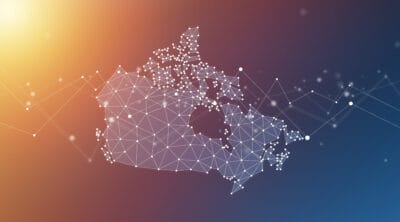A month back, Prime Minister Justin Trudeau stated that the government will replace the $2,000 Canada Emergency Response Benefit (CERB) with Employment Insurance (EI). Now, the thing with EI is, not everyone is eligible for EI, and the benefit will reduce for many Canadians who have it. However, he assured a new EI that can address these issues, and he delivered on his promise.
Last week, the government announced significant changes to the EI program, bringing it closer to the CERB. The government lowered the eligibility criteria and increased the amount and tenure of the minimum benefit. It has also made changes to the EI premium. These modifications will cost the government $7 billion. The objective behind these changes is to help Canadians get back to work.
The new and improved EI will come into effect from September 27.
Are you eligible for the CERB alternative?
EI is insurance, and you get the benefit if you pay the premium for a minimum duration. EI is provided by your employer, who deducts a premium of $195.5 per month from your salary and also contributes their side of the premium.
The first big change the government introduced in EI is the working hour eligibility. Originally, you should have worked for at least 420 insured hours (or 10.5 weeks full time) for the last 52 weeks to be eligible to get EI payments. The government has reduced this to 120 working hours (or 3.5 weeks full time), as the pandemic has put many Canadians out of work for several months.
All other eligibility criteria remains unchanged: to apply, you must have lost your job because of the pandemic, and you must be actively searching for a new job. Your annual income from insured employment must have not exceeded $54,200.
You are not eligible for EI if your employer has not deducted the EI premium from your salary. This includes freelancers, self-employed, or part-time workers. For these non-EI users, the government is launching a separate program called the Canada Recovery Benefit (CRB).
The new and improved Employment Insurance
The government has made two major changes to the way EI benefit is calculated.
First, it has introduced a minimum benefit in EI. The Canada Revenue Agency (CRA) or Service Canada calculates the benefit amount as 55% of your average weekly earnings up to a maximum of $573. Now, you can get a minimum of $400 a week, irrespective of your earnings. If you earned $1,042 a week, you can get up to $573 a week.
It has also increased the minimum tenure of the benefit. Originally, when you qualify for the EI benefit, you can get the benefit for 14-45 weeks, depending on your working hours and the unemployment rate in your region. The government has increased the minimum tenure to 26 weeks. After 26 weeks, your tenure will depend on the hours worked.
On September 27, you can get a minimum of $1,600 and a maximum of $2,200 per month in EI benefits for at least 26 weeks. This amount will be added to your taxable income. When you return to work, you EI will reduce by $0.5 for every dollar you earn and stop when your working income reaches 90% of the earnings used to calculate EI.
Make the most of your $1,600 Employment Insurance
The EI is $400 less than the CERB, and the benefit will gradually reduce as the economy recovers. Make the most of these benefits by investing at least $400 every month in growth stocks.
The COVID-19 pandemic has not only created many cash benefits for Canadians but also generated some good investing opportunities. Lightspeed POS (TSX:LSPD) is a perfect story of recovery from the pandemic. The stock dipped 67.5% in the March-sell off as its customers — retailers and restaurants — were badly hit by the lockdown. However, the stock bounced back to its pre-pandemic level, growing 220% in five months. If you had invested $400 in the stock in March, today it would be $900.
Lightspeed adjusted its platform to the new business needs of online payment and social distancing. The company is seeing a surge in new subscriptions, which will drive its revenue 50% year over year. The stock has the potential to double in the next two years, along with its revenue.
 Spring Sale
Spring Sale







